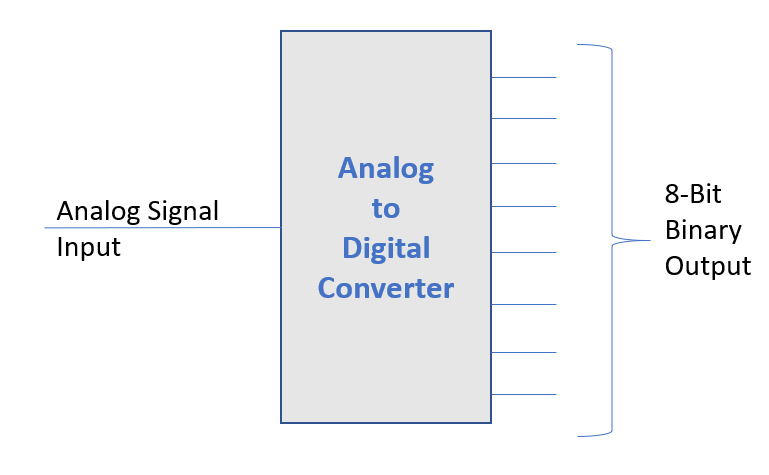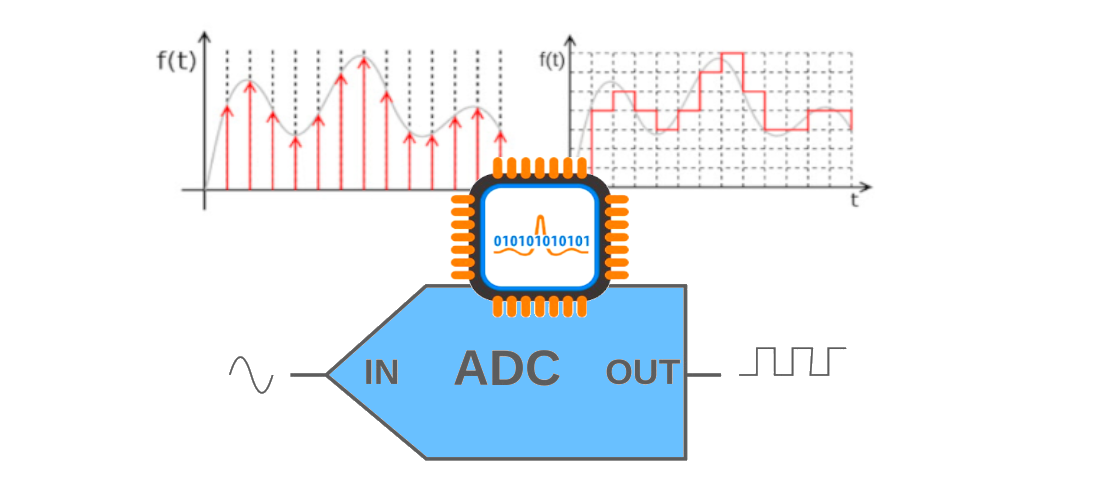
The human voice includes frequencies typically from 0 to 4000 Hz. What is the bit rate considering eight bits per sample? There are several DAC architectures the suitability of a DAC for a particular application is determined by figures of merit including: resolution, maximum sampling frequency and others. The number of a bite are selected, including the original signal can be recreated with the desired accuracy in amplitude.īit Rate − After discovering several bits per sample, we can evaluate the bit rate using the following formula −īit rate = Sampling Rate x Number of bits per sampleĮxample 2 − We require to digitize the human voice. In electronics, a digital-to-analog converter (DAC, D/A, D2A, or D-to-A) is a system that converts a digital signal into an analog signal.An analog-to-digital converter (ADC) performs the reverse function. This is based on the method of precision required. Sampling rate = 2 (10, 000) = 20, 000 sample/seconds.Īfter discovering the sampling rate, we need to determine the number of bits to be transmitted for each sample. But it does not run at 50kHz, but actually 16 times as fast, as the 16 voices the DX7 can play simultanously are time-multiplexed on this IC. There is in fact an BA9221 12-bit DAC IC. The sampling rate should be trice the largest frequency in the signal − The analog audio signal exits by the bottom left and are mixed together later. Using PAM and PCM, we can recreate the waveform precisely by creating infinite samples, or we can make the barest generalization of its direction of change by creating three samples of +24, +48, and +50.Įxample 1 − What sampling rate is required for a signal with a bandwidth of 9000 Hz (1000 to 10,000 Hz)?

Sampling RateĪs shown in the previous figure, the efficiency of any digital recreation of an analog signal depends on the several samples taken. Where sign bit for + is 0 and for – is 1. Each cost is interpreted into a six-bit binary proportionate.

The figure displays a simple method of creating sign and magnitude costs to quantized samples. The outcome of quantization is shown in the figure. Quantization is a technique of authorizing integral values in a particular area to sampled instances. To manage this, PCM first measures the PAM pulses. PCM method can change the pulses generated by PAM to develop a completely digital signal. PAM uses a method known as a sample and hold. In PAM, the initial signal is sampled at the same intervals, as display in the figure.
#HOW DOES AN ANALOG TO DIGITAL CONVERTER WORK CODE#
PAM is the infrastructure of an essential analog-to-digital conversion method known as pulse code modulation (PCM). The sampling method used in PAM is more helpful to other manufacturing fields than data communication. This method creates an analog signal, samples it, and creates digital pulses sequences based on sampling. PAM represents pulse amplitude modulation.

The first phase in analog to digital conversion is known as PAM. The various methods for Analog-to-Digital conversion are as follows − PAM In analog-to-digital conversion, the data involved in a constant waveform is modified into digital pulses. It needed a decrease in the several values in an analog message defined in the digital flow. We require to digitalize the analog signal that is smaller inclined to noise. When an analog signal is digitalized, that is known as analog-to-digital conversion.Ĭonsider a human address a voice in the structure of an analog signal.


 0 kommentar(er)
0 kommentar(er)
